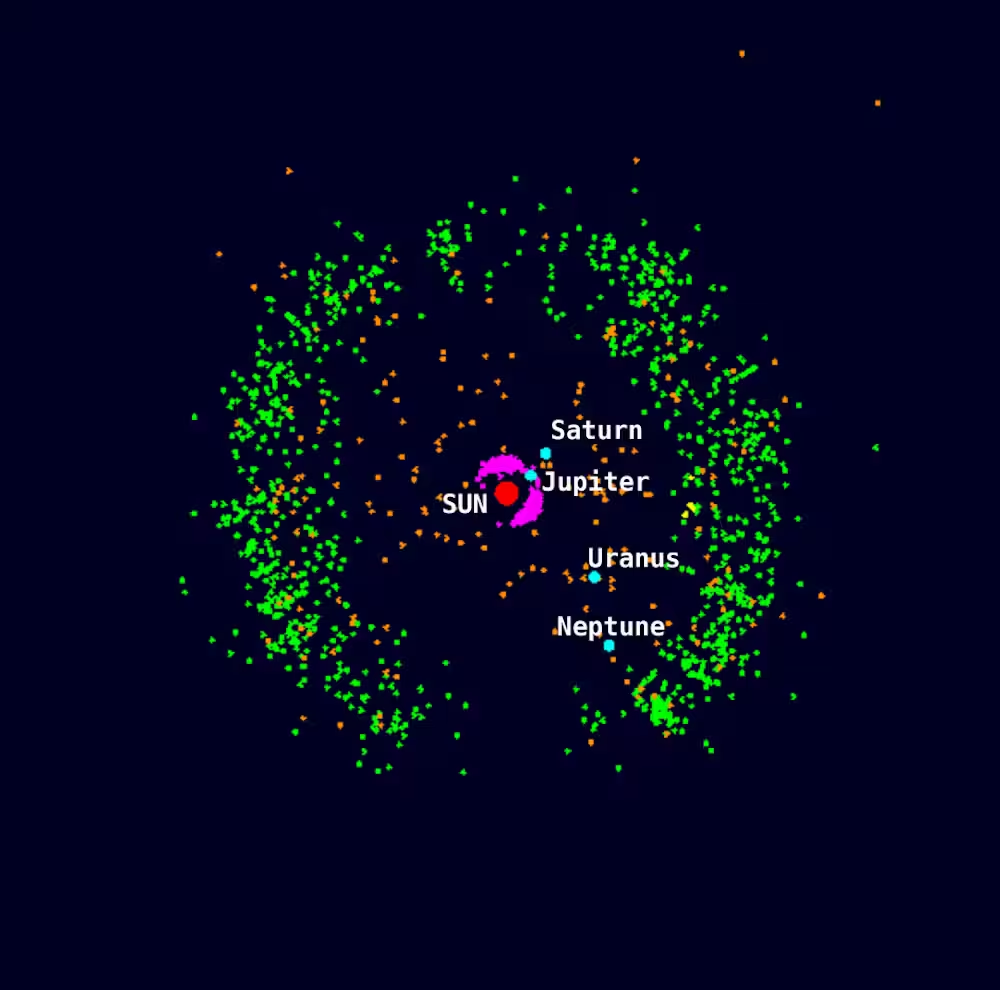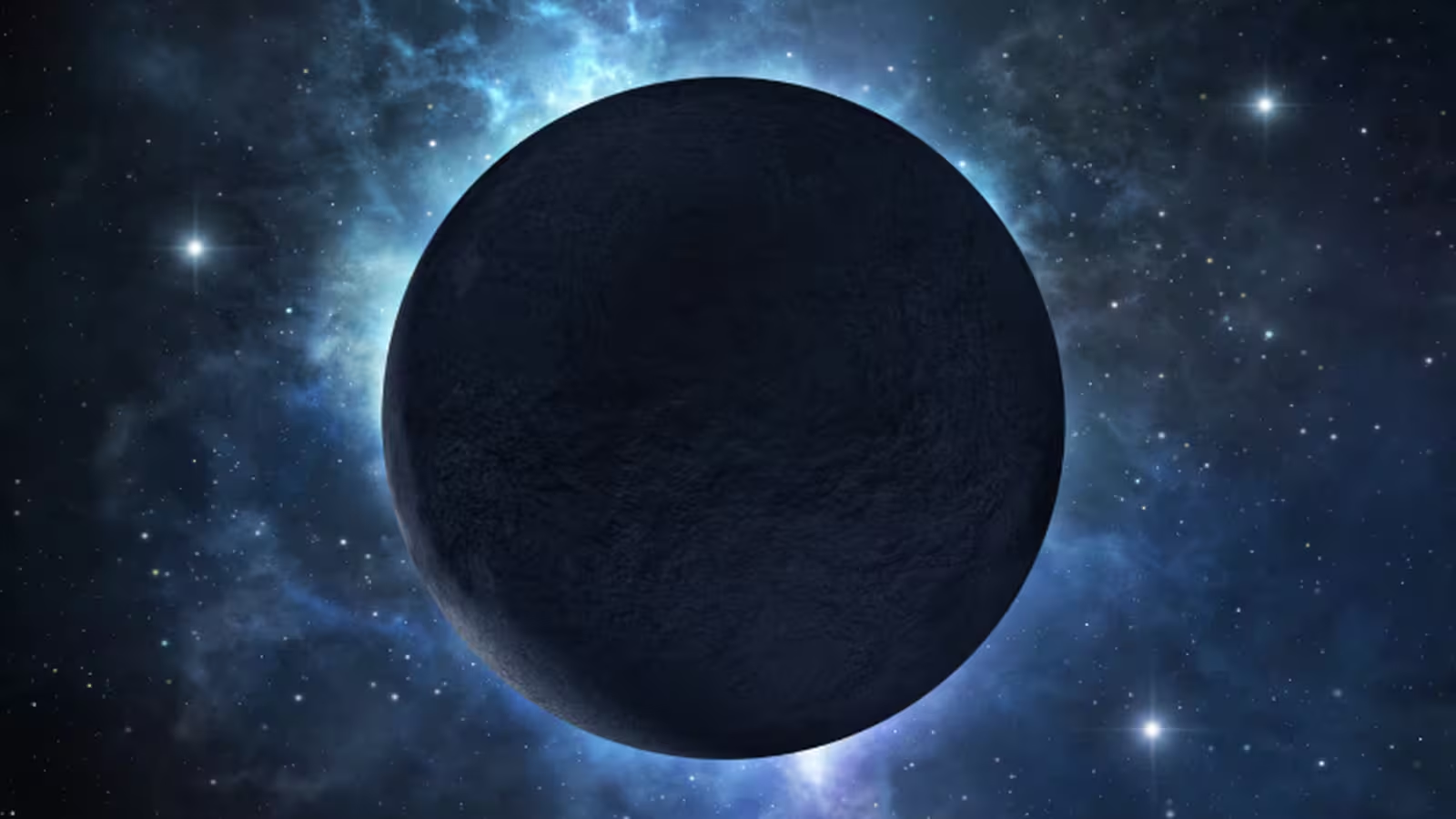6 Minutes
The Enduring Mystery of Planet Nine
The possibility that a massive, undiscovered planet could be orbiting the farthest edges of our Solar System has fascinated scientists for decades. Known in popular media as "Planet X" and more recently as "Planet Nine," this hypothetical world is thought to be several times larger than Earth and situated far beyond Neptune’s orbit. The idea first gained traction in the early 20th century, when astronomers sought to explain subtle irregularities in Uranus’s movement. At that time, some hypothesized that the gravitational pull from an unknown planet was tugging Uranus off course. While the recalculation of Neptune’s mass resolved this particular mystery in the 1990s, the tantalizing search for a distant, unseen planet was far from over.
The Kuiper Belt and the Case for Planet Nine
The modern Planet Nine hypothesis emerged in 2016, advanced by Caltech astronomers Konstantin Batygin and Mike Brown. Their research centers on the Kuiper Belt—a vast region beyond Neptune filled with dwarf planets, icy bodies, and asteroids, including Pluto. Many Kuiper Belt Objects (KBOs), also termed trans-Neptunian Objects (TNOs), display orbital patterns that deviate from the smooth, circular paths predicted by classical physics.
Batygin and Brown noticed that these distant objects tended to cluster together in strange, elongated orbits, suggesting that they were being influenced by something with strong gravitational pull. They argued that only a large, unseen planet could be responsible for this effect—offering a compelling parallel to the way Earth’s gravity influences the Moon’s motion.
Comparisons with the Earth-Moon System
Our Moon’s orbit around the Sun would be a simple ellipse were it not for Earth’s gravitational effect, which causes the Moon to spiral slightly as both bodies move through space. Similarly, researchers observed that TNOs in the Kuiper Belt demonstrate complex orbital behavior—suggesting they are subject to more than just the Sun’s gravity. As Brown noted in 2024, increasingly sophisticated astronomical observations have bolstered the case that something is perturbing the orbits of these distant objects.
Recent Discoveries and Ongoing Investigations
Exciting new findings continue to shape the debate. In 2018, astronomers uncovered a likely dwarf planet named 2017 OF201. Measuring about 700 kilometers across (for comparison, Earth is roughly 18 times wider), 2017 OF201 follows a highly elongated orbit. Its lopsided path could indicate a dramatic event in the object’s past—perhaps a collision or an encounter with a massive planet like the theorized Planet Nine.
Despite growing evidence, Planet Nine remains elusive. One challenge is that the outer Solar System is vastly underexplored; objects like 2017 OF201 take approximately 24,000 years to complete a single orbit around the Sun. Subtle gravitational effects can only be detected over multiple orbital periods—far longer than the timescale of current observations. Meanwhile, skeptics suggest alternative explanations for the orbital clustering of Kuiper Belt objects, such as the influence of a distant debris ring or the possibility of an ancient primordial black hole.
Noteworthy Objects: Sednoids and What They Tell Us
Further complicating the picture are recent discoveries of "sednoids"—a subclass of trans-Neptunian objects notable for their extreme distance from the Sun and minimal interaction with Neptune’s gravity. The newest entry, 2023 KQ14, was detected using the powerful Subaru Telescope in Hawaii. Its orbit ranges from 71 astronomical units (AU) at its closest approach to the Sun, out to a staggering 433 AU at its farthest. For reference, Neptune sits at about 30 AU from the Sun, while the gravitational embrace of our star extends to over 5,000 AU.
What makes 2023 KQ14 and its three known sednoid counterparts intriguing is the remarkable stability of their orbits. Unlike 2017 OF201, these objects move in more predictable paths. This suggests that, if Planet Nine exists, it likely resides more than 500 AU away—so distant that even massive objects like these sednoids escape its gravitational influence. Each new discovery presents a new challenge for the hypothesis and continually refines where, and whether, such a planet could exist.

Challenges and Limitations in the Search for a Hidden Planet
Despite technological advances, searching the dark and remote expanses of the outer Solar System remains a daunting endeavor. Interplanetary probes travel at immense speeds, but even NASA’s fastest spacecraft, New Horizons—which famously visited Pluto—would require more than a century to reach the regions hypothesized to harbor Planet Nine. As such, astronomers primarily rely on ground-based observatories and space telescopes, making slow but steady progress in cataloguing ever-fainter and more distant objects.
The quest is complicated by limitations in observation time and the inherent challenges of detecting small, dim, and remote celestial bodies. Astronomers must collect extensive orbital data over many years, and only a small fraction of the sky can be monitored with the necessary sensitivity at any given time. Furthermore, some researchers argue the current dataset of TNOs is too limited to draw robust conclusions, while alternative explanations remain plausible.
Technological Advances and Future Prospects
Despite the difficulties, the hunt for Planet Nine is advancing inexorably. Every year, more Kuiper Belt objects are identified as astronomical tools and survey techniques improve in sensitivity and scope. Projects like the Vera C. Rubin Observatory (formerly LSST) promise to revolutionize deep-sky surveys, potentially revealing hundreds or even thousands of new TNOs, and perhaps finally shedding light on the underlying mysteries of the Solar System’s architecture.
Whether Planet Nine exists or the clustering of TNO orbits is due to some other cosmic phenomenon, the investigation is driving forward our understanding of the Solar System’s most unexplored frontier. Esteemed astronomers like Mike Brown continue to encourage the scientific community to keep searching, noting in 2024 that each new discovery adds another piece to this cosmic puzzle.
Conclusion
The question of whether a giant, undiscovered planet lurks on the Solar System’s outer edge remains one of the most captivating mysteries in planetary science. While evidence for Planet Nine is tantalizing, definitive proof remains elusive. New discoveries, like the stable orbits of sednoids, constantly shape the conversation and prompt further questions about the configuration of our cosmic neighborhood. For now, astronomers must rely on advanced observatories and patient sky surveys to probe the dark horizons beyond Neptune. The coming years promise more discoveries and perhaps, eventually, an answer to the enduring question of what lies hidden in the distant reaches of our Solar System.
Source: theconversation



Comments